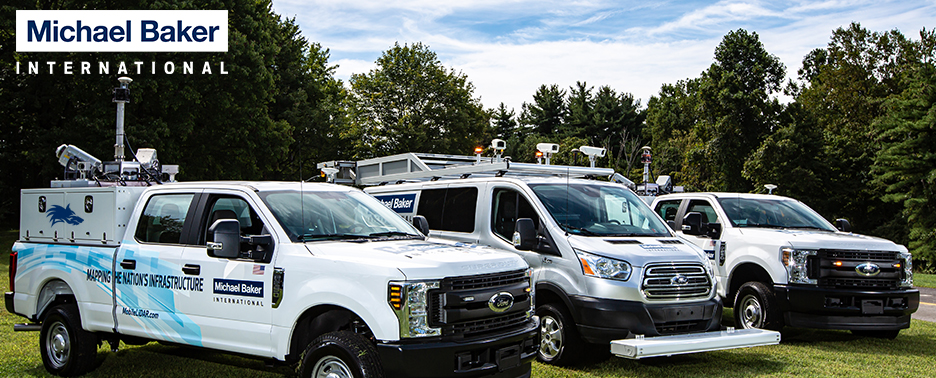 |
| Jack King flying one of Michael Baker's practice sUAS's. |
We continuously strive to be at the forefront of assessing innovative and emerging technologies in a deliberate effort to add value and efficiency for ourselves and our clients. In this quest, our GIT National Practice Lead – Bob Hanson, recognized the potential of small Unmanned Aerial Systems (sUAS), and established us as an early-adopter over two years ago. Today, we now have a fleet of sUAS fixed-wing and VTOL (Vertical Take-off and Landing) aircraft, capable of a multitude of different and challenging types of projects, and over a dozen FAA certified pilots across the country.
How did I fit in to all of this?
Through persistence, I was selected from a number of prospective pilots across our company to achieve our long-term goal of equipping each of our Mobile LiDAR systems with its own sUAS. To accomplish this, we need certified and highly trained operators as part of each Mobile LiDAR crew. With limited knowledge and experience with sUAS, it quickly dawned on me during my research just how large this emerging industry is. From the many different manufacturers, types of aircraft, specialized applications, and even down to the certification process; it is a daunting arena to dive in to head first. First things first though:
Certification:
As with every other aspect within our LiDAR Center of Excellence (the Center), our goal is to be the safest and most highly trained team available to prospective clients. Late last year, the FAA made sweeping changes to its UAS regulations, opening accessible avenues for pilot registration and certification. For the Center, it meant the ability to expand our sUAS team beyond our 12 FAA-licensed pilots to now incorporate UAS pilots that could pass the newly-established FAA Part 107 Remote Pilot – sUAS test…specifically, yours truly.
Preparation:
Preparing for the FAA certification test was unlike any test I’d have ever taken before. In small part from being new to virtually everything I encountered, but mainly due to the sheer volume of material I had to sift through. There are multiple FAA approved study guides and materials available (totaling over 2,000 + pages). Needless to say, a lot of couch time, late nights, and short weekends. For several weeks, careful to not impede on my normal workload; I studied, researched, analyzed and deciphered the seemingly never ending pages of charts, maps, graphs, etc. All in all, the FAA put together a rather useful training guide, if not just a little hefty in size.
Test Day:
Here in Jackson, MS we are lucky enough to have a FAA testing center right down the road at a local community college. The test itself is rather meek compared to the study materials, a mere 60 questions – no room for mental lapses. I anxiously started, and quickly realized they spared no expense to provide a well-rounded and challenging gauntlet of questions. The variety of sectional charts and graphs were more than enough to cause a few hair pulling moments, but I got through it in what I hoped were flying colors. After finishing, the “instant” results of the computer’s computations felt like an eternity. For all of my worrying and hard fought studying, there it was…a passing score!
What’s next?:
Just having my certification does not mean that I am ready for TopGun with Tom Cruise (although call signs might be a cool addition). In a commercial environment liability is king, and all of our pilots need many hours in the air to learn our equipment, its performance and limitations, as well as our own. A series of training modules and training seminars have been set up by our own Kevin Pomaski, to ensure all of our operators and pilots achieve the highest level of proficiency in our sUAS operation. As with any well-built structure, it starts from the bottom. With the right foundation put in place, the limits of our sUAS operation are boundless…and I’m thrilled to be part of it!
Cheers!
Jack
Jack King is a Senior Mobile LiDAR operator with Michael Baker International's Mobile LiDAR Center of Excellence. He has racked up more miles and projects than any other operator and can now add more flight time than any other operator to his credentials!



